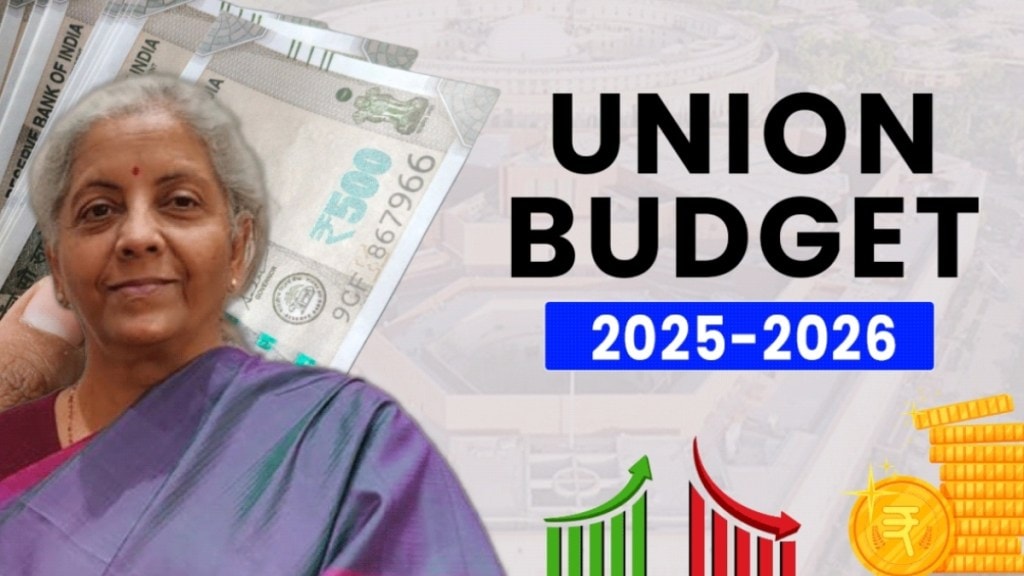The substantial tax relief and other measures meet the expectations of the people and the larger economy’s need to support consumption and investment, which can lead to a 6.8% growth next year, economic affairs secretary Ajay Seth told Prasanta Sahu in an interview. The degree of fiscal consolidation may vary through years, but would stay the course to bring down debt-GDP to around 50% by FY31, he said. Edited excerpts.
With income tax relief of Rs 1 lakh crore expected to boost consumption demand, do you think corporate investments will now pick up?
There’s always a time for the good things. The attempt now is to give massive tax relief to all taxpayers, particularly the middle class earning up to Rs 1 lakh every month. So, this is something which meets the expectations of the people as well as the larger economy’s needs. There were different signals coming up six months back when we were talking about the rural economy not picking up. Then, monsoon was extremely good and now the data is showing there is a good demand in the rural area. There were some concerns on the urban side also. We do expect that the measures taken in the budget should help the industry step up investing in their projects.
With the new fiscal anchor debt-GDP ratio set on a declining path to attain a level of 50±1% by March 31, 2031, where do you see fiscal deficit by FY31?
We had announced to bring down the fiscal deficit in four years or by FYY26 to below 4.5%. That commitment is being fulfilled. The debt reduction road map is a more evolved way of fiscal consolidation. Moving forward, in the nine scenarios we have given for debt-GDP, if we do not do anything and keep the fiscal deficit at 4.4%, we will not even reach the level of 52%. Now, the goal is to keep on a declining path so that by 2031, we should debt GDP at least 50 plus minus 1%. Our formal goal is even lower, at 40% but that is a bit into the future. So, every year consolidation would be needed. There would be a fiscal deficit number which should be announced for each year. If the economy is doing well, the scope for consolidation will be higher. If it is not for some reasons, and those have to be mitigated by more fiscal spending in that year, fiscal consolidation can be mild. It is a more evolved, transparent, yet very firm path.
The debt reduction path assumes nominal GDP in the range of 10-11% for six years. Does this mean being content with an average real GDP growth of less than 7% in this period?
Not necessarily. The economy may grow by 6.4% this year and expect 6.3 to 6.8% next year. Keeping the external headwinds as they are, the attempt through this budget and a host of other policy measures is that domestic factors are geared towards the upper limit of this plan, 6.8%. There have been years, where the GDP deflator has been less than 2% or 3%.
Real economic growth at the moment is 6.5-7%, but through various reform measures, we add to that potential. That does not signal sub-7 % growth, it can even go up to 7.5%.
Does debt-GDP glide path factor in the upcoming 16th Finance Commission award?
The Union government will submit its memorandum about its obligations, financing needs and what resources it has. The Commission will analyse all of them and then make its recommendations. The Commission recommendations will influence what kind of a consolidation path the government of India can have. It’s not just the Union, but even the states have to move towards having better public expenditure management and consolidation so that resources which the government mobilize are used most efficiently.
Why have you discontinued the sovereign gold bond scheme?
If we see how much the annual subscription to these bonds (an alternative to physical gold), these have not been significant enough to cause any dent in the import of gold. On the other hand, these are some of the costliest borrowings for the government of India. It can be as high as 12% 14% or 15% whereas the rest of the borrowings are available at about 7%. So, if it is neither helping the economy nor helping the fiscal, then what is a great deal of continuing it?
Will you continue with sovereign green bonds next year?
The green bonds were introduced under the expectation that there are class of investors who are willing to settle down at some finer yield, provided the monies are used for green investment. But the green premium on those bonds has been barely about two to three basis points. The expectation was that it would be at least 10 basis points and more. So far, the response has not been good, but we would like to give it some more trial. In the first half of this fiscal, as against about Rs 12,000-13,000 crore which was planned, what could be raised was just about Rs 6,000. We’ll see how the H2FY25 goes, and accordingly plan for next year.

